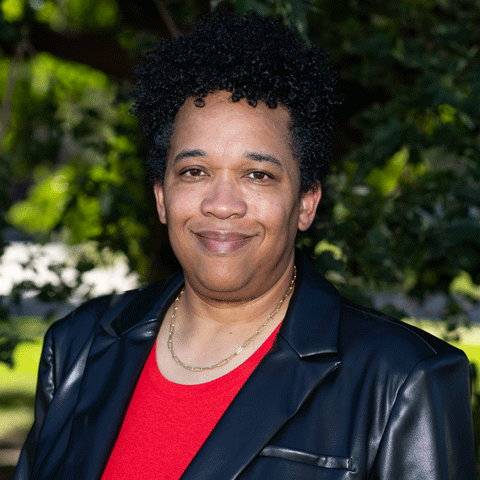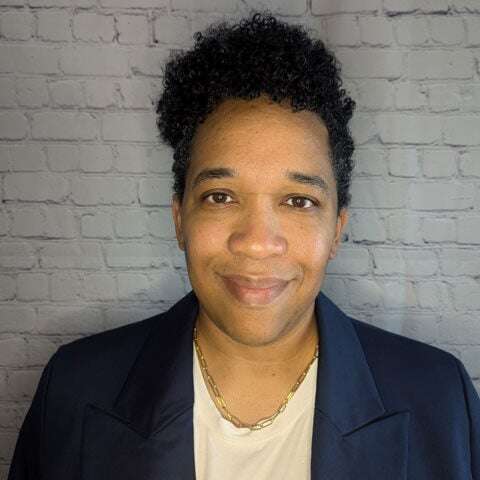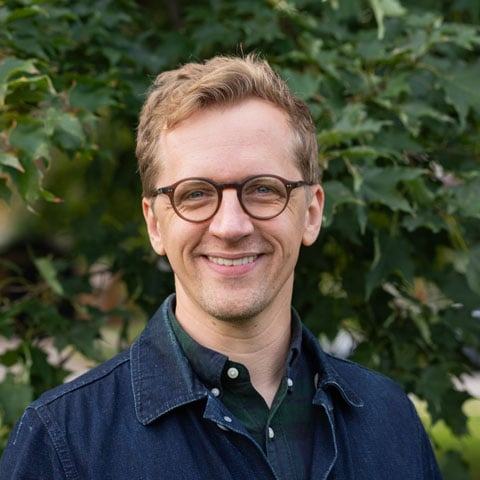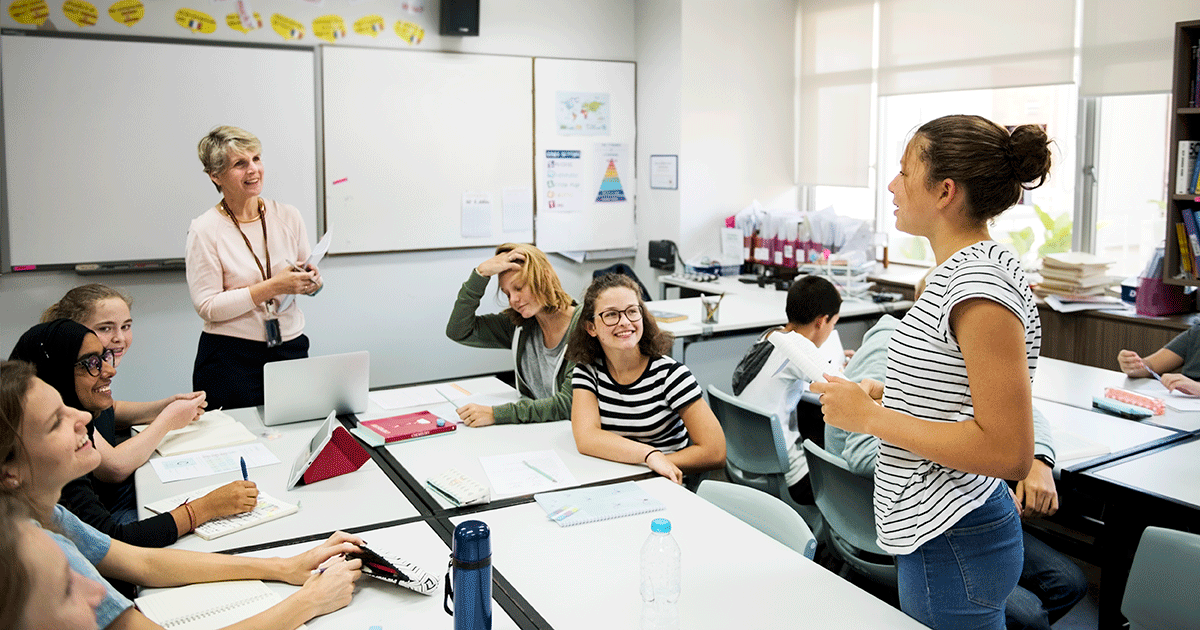Blog
Search Institute Spotlight: Meet Monica Dixon
As Senior Director of Solutions, Monica Dixon leads Search Institute’s design and continuous improvement teams. She is focused on creating and improving Search Institute's solutions portfolio including resources, professional learning experiences, measurement and continuous improvement tools that empower organizations to make meaningful change in their programs and practices, with a goal of supporting youth thriving.
As a lifelong educator who has dedicated their career to helping youth thrive, how would you describe this new chapter supporting youth ecosystems and the adults who support them?
This new chapter feels like a natural progression of my journey. My time in public schools and other youth serving organizations has taught me the power of partnerships in creating environments where each and every young person can thrive. At Search Institute, I now have the privilege of broadening that impact by walking alongside youth-serving adults across diverse ecosystems. Together, we are co-creating solutions that will elevate young people’s lived experiences.
How is Search Institute approaching Solutions (measurement, learning experiences and tools) in 2025 and beyond?
Search Institute’s approach to Solutions is grounded in a commitment to elevate youth, partner insights and equity. We are leaning in to what it means to co-create tools and strategies that both inform and transform practice, guided by these pillars:
-
Youth-Centered Design: Every solution begins by listening to and learning from youth and those who serve them. We focus on co-creating tools that resonate with real-world experiences and amplify young people’s voices.
-
Equity and Access: In every step of development and delivery, we prioritize breaking down systemic barriers, by ensuring that our solutions are inclusive, culturally responsive, and adaptable to diverse settings.
-
Integrated Research and Practice: Our work bridges the gap between evidence and implementation, providing partners with actionable insights and strategies that are grounded in rigorous research.
-
Sustainability and Partnership: We design for long-term impact, collaborating with partners to embed solutions into their systems in ways that are practical, scalable, and sustainable.
At Search Institute, we’re committed to understanding systems of access, opportunity, justice, and power in order to break down barriers and create frameworks and tools to foster pathways for all youth to thrive. How do you see this reflected in Search Institute’s work and the services we offer?
This commitment is embedded in the DNA of Search Institute’s work. We view developmental relationships and positive youth development as levers for equity, ensuring that each and every young person has the opportunity to thrive regardless of their starting point.
For example, our frameworks intentionally highlight the systems and contexts shaping young people’s lives—schools, communities, and families. The tools and surveys we develop aren’t just about gathering data; they’re about revealing patterns of inequity and providing actionable steps to create change.
In your opinion, what concepts or elements must be top of mind right now when developing new solutions?
Search Institute anticipates and solves for needs by developing research-informed frameworks, practices, and strategies that are actionable and adaptable across the youth support ecosystem. Our solutions reflect youth voice and are centered on empowering adults to drive tangible and meaningful change to support youth thriving. When thinking on our work ahead, five key elements stand out:
-
Cultural Humility: Solutions must honor the diverse identities and lived experiences of young people and their communities.
-
Simplicity and Accessibility: Tools should be intuitive and actionable for youth-serving adults in busy, high-demand environments.
-
Strengths-Based Framing: Solutions must center youth’s assets, focusing on what’s possible.
-
Equity-Driven Design: Development should intentionally address systemic disparities and foster inclusivity.
-
Collaborative Innovation: The best solutions come from partnerships that blend research with practitioner expertise.
Can you share a bucket list item that you hope to accomplish in 2025?
In 2025, I aspire to be part of a project that embodies the transformative power of co-creation—a space where youth, families, and practitioners come together to co-design a solution that strengthens the relational ecosystem and supports each and every young person. This hope is rooted in the belief that real change happens when we pass the mic, creating intentional space, place, and time for youth to share their voices, articulate their needs, and imagine what thriving looks like for them. Together, we can build a future that centers their perspectives and fuels their potential.





